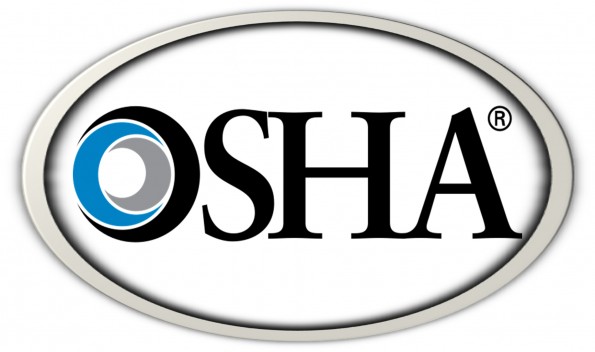Grainger has a quote in their catalog “If you think OSHA is a small town in Wisconsin, then you could be in trouble.” Occupational Safety & Health Administration (OSHA) is part of the US Department of Labor. This Federal Agency is charged with the enforcement of safety and health legislation. Employees have the right to file a complaint and request an OSHA inspection if the employee believes there is a serious hazard at the workplace. All complaints are confidential. If a complaint is filed against you, it is mandatory that you let them inspect your business.
Jim Douglas of Prestige Cleaners in Sacramento, California decided to take a different tactic: he invited OSHA in to inspect his facility! Douglas explained, “We have always worked very hard to provide a safe working environment for our 35 plus employees. Our Worker Compensation modification rate has always been in the 80% range. About one year ago, one of our drivers was rear-ended while on his route. He was one of 3 vehicles that were rear-ended. Unfortunately, the driver who rear-ended our driver did not have adequate coverage to cover all the damage/loss. So the coverage fell under our Worker Compensation Policy. As a result, our experience modification went up to over 140%. Our premium shot up accordingly.”
Jim decided to take a proactive stance and invite OSHA to perform an on-site consultation visit. “I was concerned that my experience modification increase would be a red flag to OSHA. The on-site inspection would not result in any penalty or fine unless there was a condition that was extremely serious and could cause harm to an employee. I felt it was a win-win for me,” states Douglas.
He outlined the on-site visit as follows:
1. Conference On Site: This is the beginning that allows management to decide whether to proceed. If proceeding:
2. Review of Safety Records: The consultant reviews and analyzes past injuries.
3. Review of Programs: All written safety programs are reviewed such as the HMP (Hazardous Materials Plan) or HCS (Hazardous Communication Standard). These are programs that we all have in place and are monitored by the CUPAS of California.
4. Walk Around: This allows the consultant to view how work is done and confirms that all written data is being maintained. Such as labeling on all containers.
5. Closing Conference: The consultant will then summarize findings and time frames for correction of hazards.
6. Written Report: Summaries include the Health and Safety Program, Hazard Safety Program and a worksheet that details a time line to correct any issues.
Before the visit, Jim and his management staff reviewed his plant and felt they covered all areas. I know from working with Jim that his facility is first rate. This is a plant that all of us would be proud to own.
However, there were still some “hazards” overlooked on their part:
• Covering a belt guard to prevent a pinch point
• One electrical panel did not have all the screws so that the door was secure
• Several electrical boxes had openings from prior conduit. All openings had to be closed.
• One of the hoses on the oxy-acetylene welding systems had some cracks.
• Another oxy-acetylene system did not have a back-flow prevention device.
• In our laundry, we did not have an eyewash system located within 10 seconds travel distance.
Douglas felt the OSHA inspector was extremely helpful. “If I had it to do over again, I would not hesitate and I recommend it for all companies.”
He cautions business owners to be prepared to comply with the new GHS (Global Harmony System) which uses pictograms to identify types of hazards. These should be on all spotting bottles. Another main focus is the LOTO system. The Lock Out Tag Out program is very extensive and needs to be understood by all designated employees. This, in part, requires a laminated card on every machine.
If you would like to find out more about the on-site consultation, log on www.osha.gov. This will give you all the information you need.
I want to thank Jim Douglas for his willingness to share this information. Jim, you are a class act!

